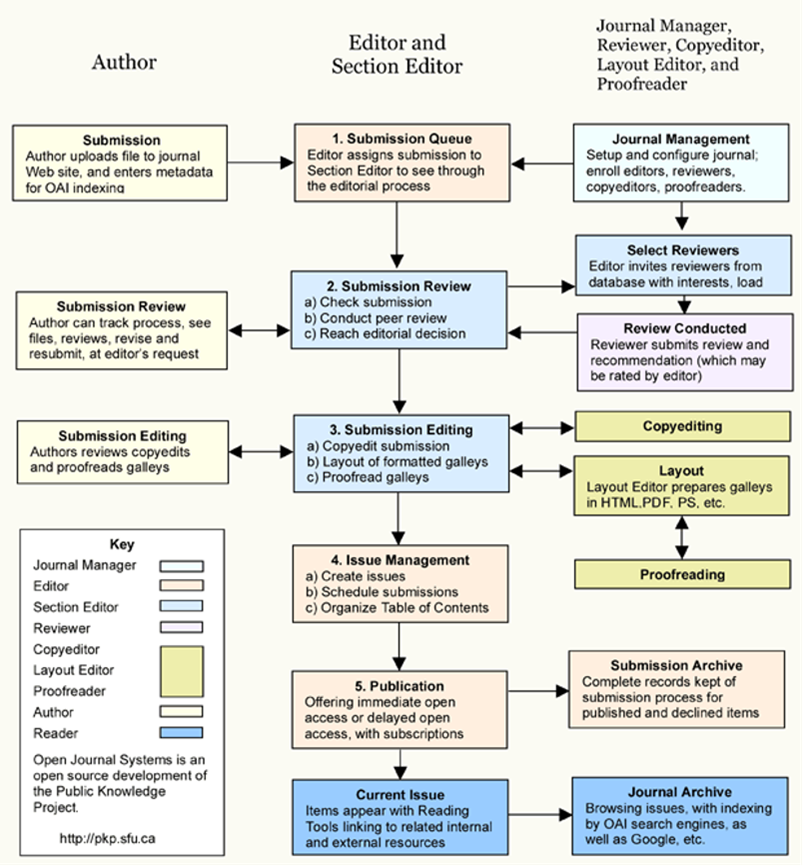Peer Review Policy
The practice of peer review is to ensure that only good science is published. It is an objective process at the heart of good scholarly publishing and is carried out by all reputable scientific journals. Our referees play a vital role in maintaining the high standards of Transport Policy and all manuscripts are peer-reviewed following the procedure outlined below.
Initial manuscript evaluation The Editor first evaluates all manuscripts. It is rare, but an exceptional manuscript can be accepted at this stage. Manuscripts rejected at this stage are insufficiently original, have serious scientific flaws, have poor grammar or English language, or are outside the aims and scope of the journal. Those that meet the minimum criteria are normally passed on to at least a double-blind peer-review process.
Type of Peer Review Transport Policy employs double-blind reviewing, where both the refer and author remain anonymous throughout the process.
How the referee is selected Whenever possible, referees are matched to the paper according to their expertise, and our database is constantly being updated.
Referee reports Referees are asked to evaluate whether the manuscript is original is methodologically sound - Follows appropriate ethical guidelines - Has results that are clearly presented and support the conclusions - Correctly references previous relevant work. Language correction is not part of the peer-review process, but referees may, if so wish, suggest corrections to the manuscript.
How long does the review process take? The time required for the review process is dependent on the response of the referees. Should the referee’s reports contradict one another or a report is unnecessarily delayed, a further expert opinion will be sought. In rare cases for which it is extremely difficult to find a second referee to review the manuscript, or when the one referee’s report has thoroughly convinced the Editor, decisions at this stage to accept, reject or ask the author for a revision are made based on only one referee’s report. The Editor’s decision will be sent to the author with recommendations made by the referees, which usually includes verbatim comments by the referees. Revised manuscripts might be returned to the initial referees who may then request another revision of a manuscript.
Final report A final decision to accept or reject the manuscript will be sent to the author along with any recommendations made by the referees and may include verbatim comments by the referees.
Editor’s Decision is final Referees advise the editor, who is responsible for the final decision to accept or reject the article.
Review Parameters
- Does the reviewer has raised any conflict of interest when reviewing this paper?
- Did the peers reviewed or rejected this article before? If so, the reviewer needs to decline this peer review and let the editors know.
- Do the title and abstract cover fundamental aspects of the work, would it brings attention to the right readers?
- Is the Introduction part easy to follow for most readers of our journal? Does it indicate the relevant papers? Does it provide a hypothesis or the aim and objective of the study?
- Does the Methods part provide adequate details for the researcher to reproduce the analyses?
- If the reviewer skips the Methods, does the Results section give the real significance of detail to understand the essential specifications of the experiments?
- Do the Results section refer to the figures in sequential order? Do the tables add up correctly and provided with captions? Are any figures/tables mislabeled or unclear?
- Given the data that were obtained in this study, did the authors perform all the logical analyses? Did they include the proper limitations?
- Does the Discussion part address the main findings, and does it give proper acknowledgment to related work in the same field?
- In general, is the paper made easy to follow and does it have a logical sense flow? Are there any spelling and grammar issues?
- Did the authors arrange all their data (e.g. sequence reads, code, questionnaires used) available for the readers?
- Are this paper novel and an advancement of the field, or have other people done quite comparable work?
- Does the paper raise any ethical concerns? Any suspicion of plagiarised text or experiments, duplicated or tampered images, unethical animal experiments, or "dual use of research interest"?
Review Workflow Chart

Feedback
We welcome the opinion of the readers, authors, reviewers, editors, and their feedback on our review policy.
Please send any comments or suggestions on how to improve this review policy to ijrpseditor@gmail.com
